Étiquette : Wagner
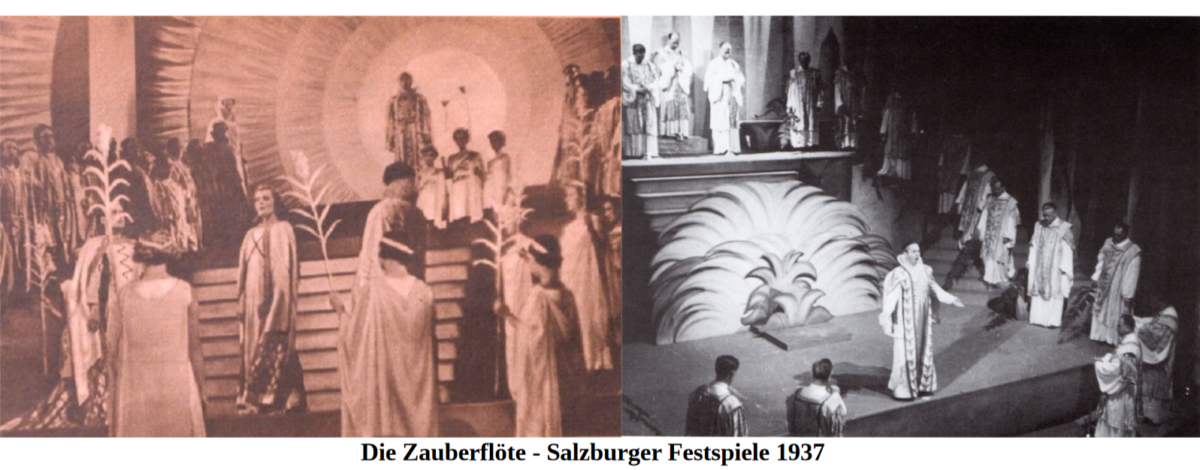
Kipnis – Mozart Verdi Wagner 1916-1937
Alexander Kipnis: Airs d’Opéra /Opera Arias
Source 33t/LP: Pearl GEMM 277/8

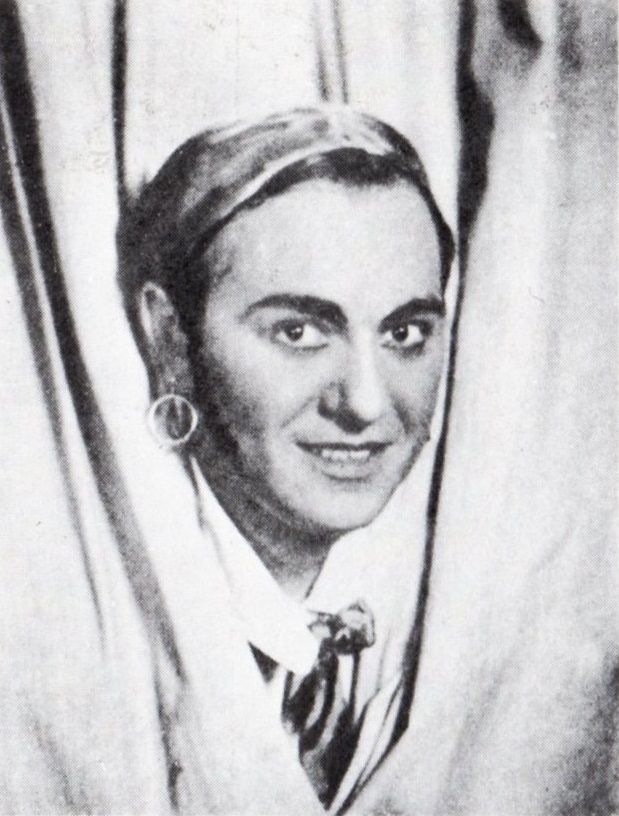
Le Nozze di Figaro: Kipnis (Figaro)
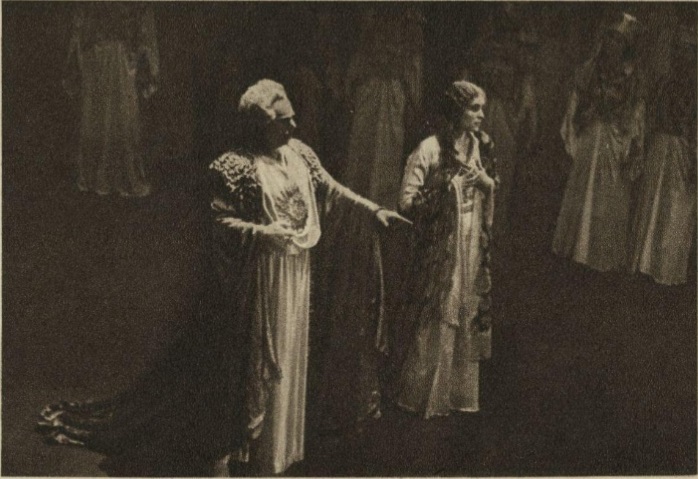
Die Zauberflöte: Kipnis (Sarastro) 1937: Salzburger Festspiele (avec/with Jarmila Novotna)
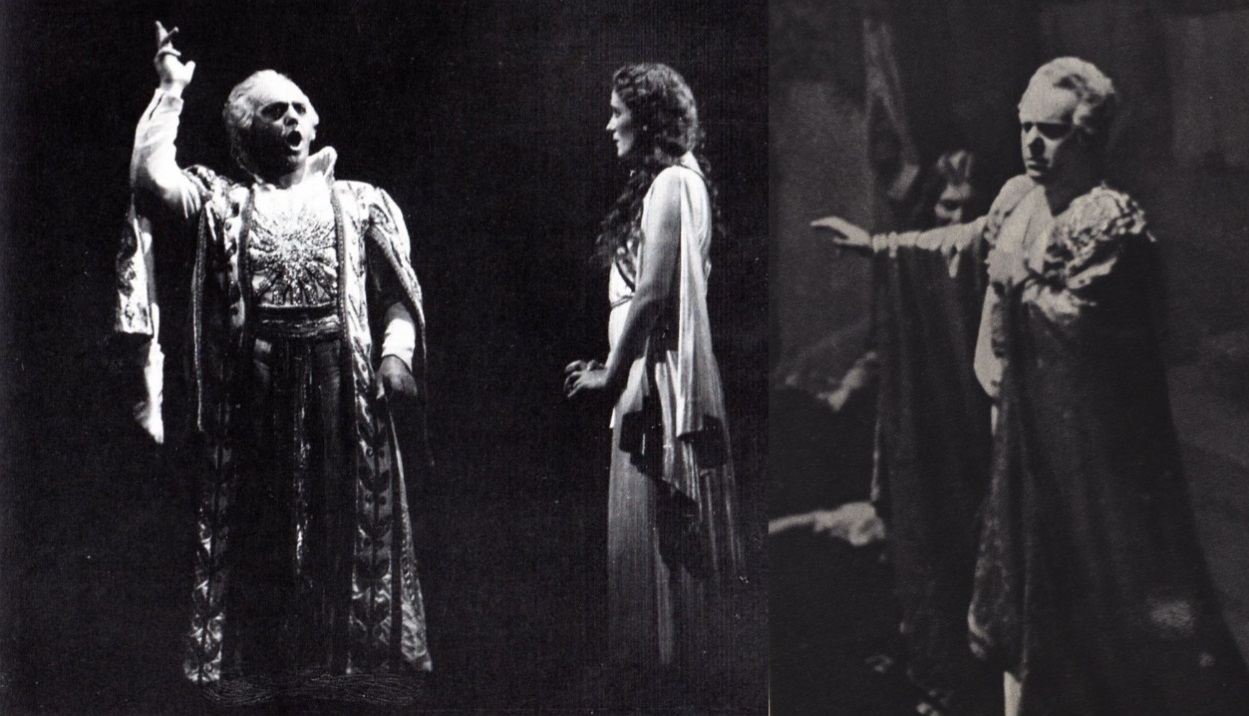
Die Zauberflöte: Kipnis (Sarastro) 1937: Salzburger Festspiele (avec/with Jarmila Novotna) – Wiener Staatsoper
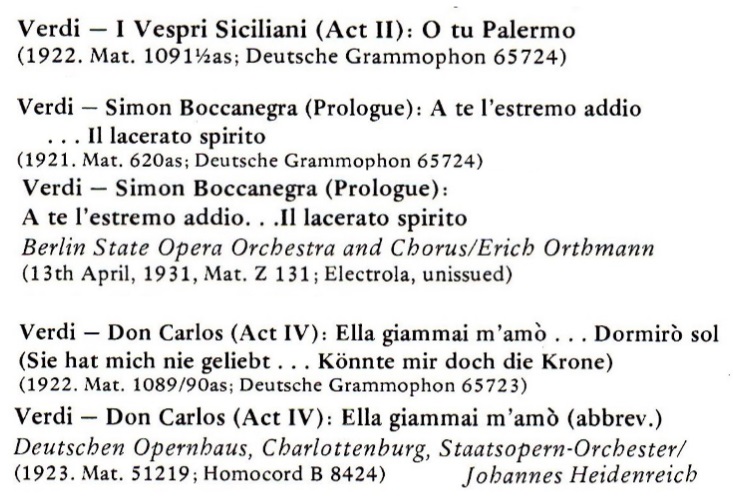
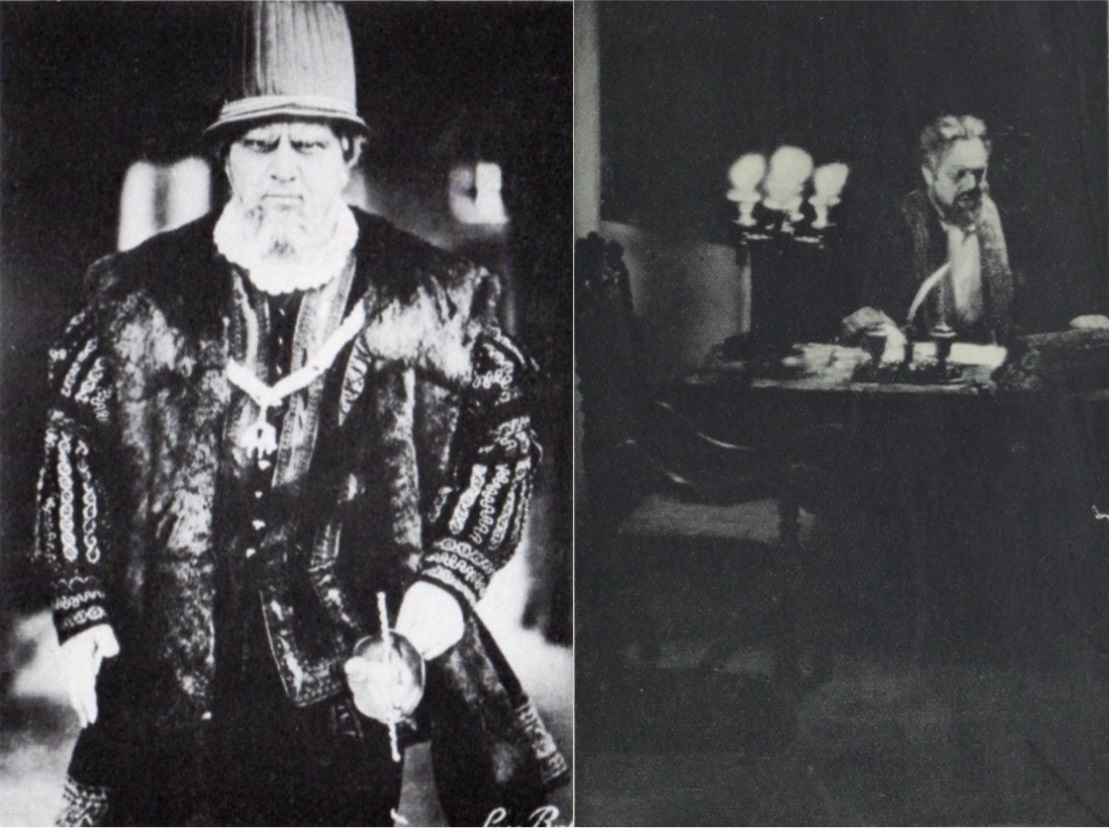
Don Carlos: Kipnis (Philipp II): Berlin (1931) – Wiener Staatsoper (1937)
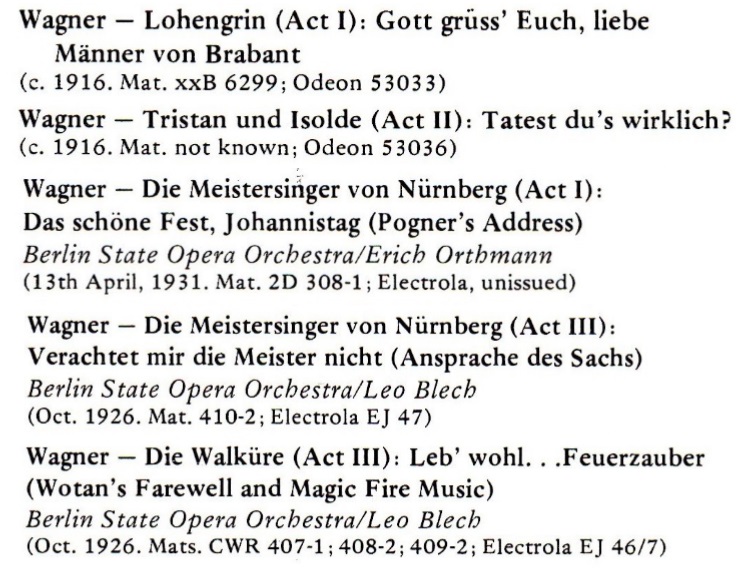
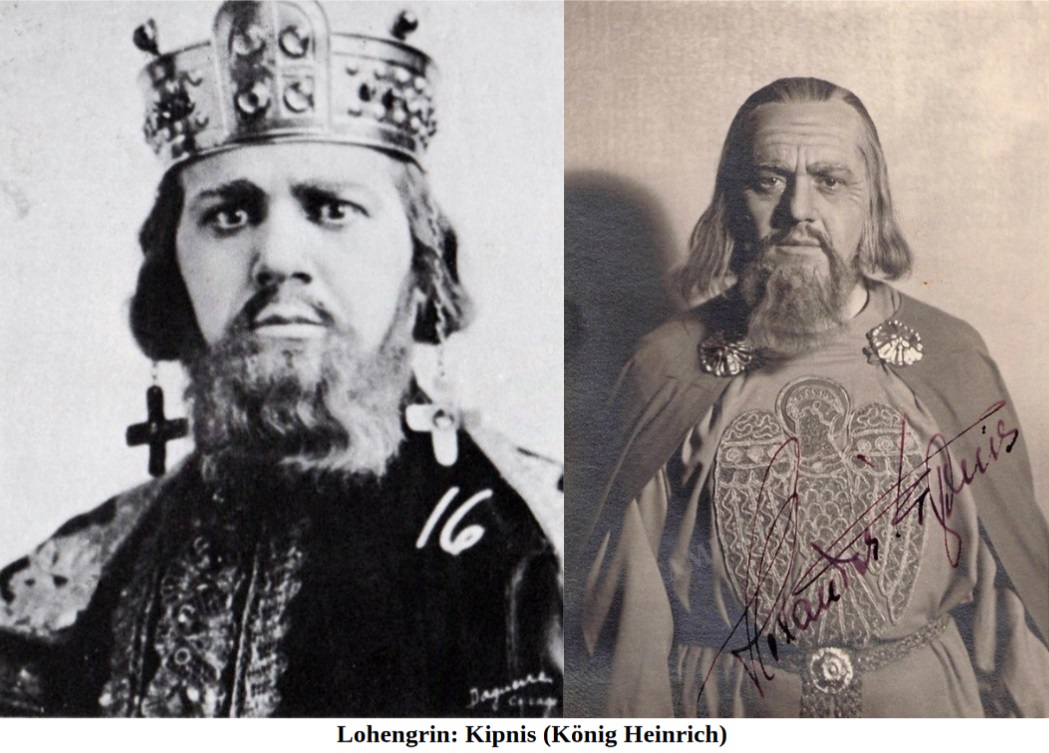
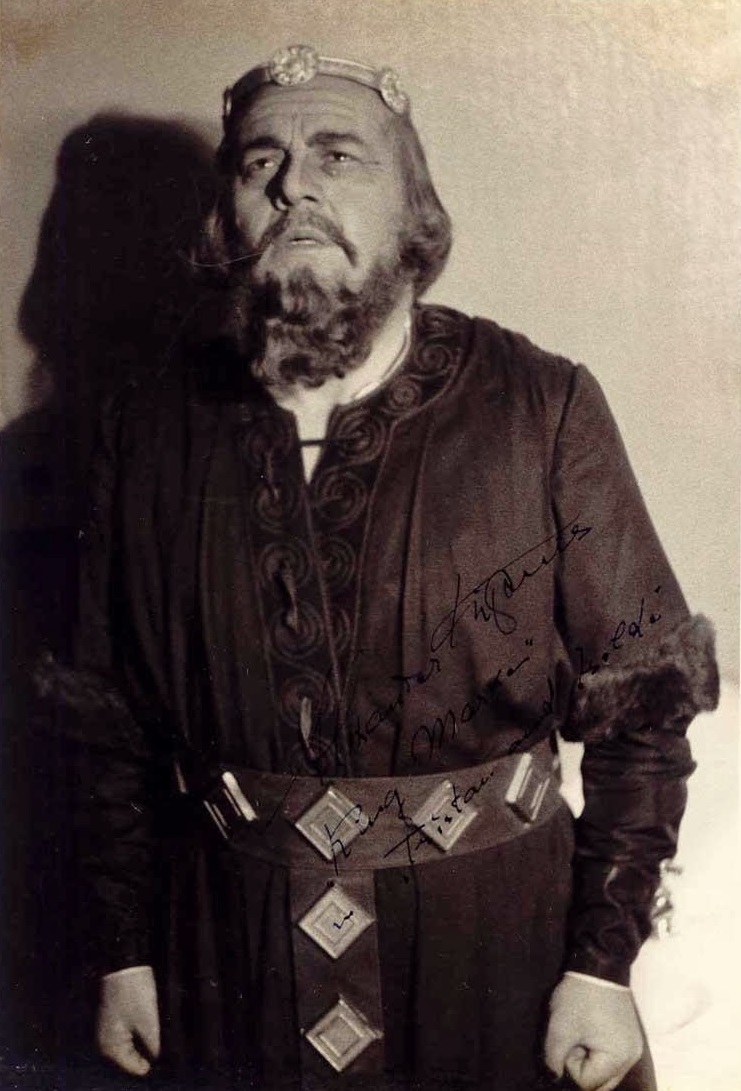
Tristan und Isolde: Kipnis (König Marke)

En 1984, la firme Pearl a publié un Album de deux disques 33 tours (GEMM 277/8) consacré à Alexander Kipnis (1891-1978). Le producteur était le fils du chanteur, le claveciniste Igor Kipnis, et il a fait appel aux services de la ‘Yale Collection of Historical Sound Recordings’. La sélection d’enregistrements effectués entre 1916 (au moment où Kipnis avait été engagé par l’opéra de Hambourg), et 1937 (juste avant ses dernières apparitions en Autriche), nous montre d’une part, qu’en 1916, la voix possédait déjà l’essentiel de ses qualités, et d’autre part, qu’elle a toujours été extrêmement phonogénique, au point que même les enregistrements les plus anciens restituent son timbre et ses nuances d’interprétation. Il faut dire que le soin apporté aux reports y a certainement sa part.
La présente sélection d’airs d’opéras montre tout d’abord Kipnis dans trois rôles de Mozart qu’il chante en allemand, à savoir Bartolo avec l’air ‘la Vendetta’, Figaro avec l’air ‘Aprite un po’, et enfin Sarastro, dont les deux airs sont donnés dans l’enregistrement public du Festival de Salzburg 1937 sous la direction de Toscanini. L’air ‘In diesen heil’gen Hallen’ bénéficie également d’une version enregistrée aux États-Unis en 1929 sous la direction de Robert Hood Bowers. Ce ‘doublon’, au tempo plus modéré, permet de mieux rendre compte de l’interprétation de Kipnis qu’avec le tempo rapide choisi par Toscanini.
De Verdi, Kipnis chante dans la langue originale l’air de Procida de ‘I Vespri Siciliani’, ainsi que deux versions de l’air de Fiesco ‘Il lacerato spirito’ de ‘Simon Boccanegra’(1921 et 1931), alors que pour l’air de Philippe II ‘Ella giammai m’amo’ de Don Carlos, la première de 1922, sur deux faces de 78 tours est en allemand, et la deuxième, réalisée l’année suivante, est abrégée et dans un tempo un peu trop rapide, mais est cette fois dans la langue originale.
Le programme Wagner débute par l’air du roi Heinrich ‘Gott gruss’ Euch, liebe Männer von Brabant‘ de Lohengrin, rôle que Kipnis chanta 85 fois de 1915 à 1936, avec ensuite l’air du Roi Marke ‘Tatest du’s wirklich’ de Tristan und Isolde‘ (1916), rôle qu’il a chanté pour la première fois en 1917 à l’Opéra de Wiesbaden, et qui l’a accompagné tout le long de sa carrière. Deux airs des Meistersinger ‘Das schöne Fest, Johannistag’ (Pogner) et ‘Verachtet mir die Meister nicht’ (Sachs) font suite et pour conclure nous avons les Adieux de Wotan ‘Leb’ wohl, du kühnes…’. Les deux derniers airs bénéficient de la direction de Leo Blech, alors Generalmusikdirektor (GMD) du Berliner Staatsoper.
____________
In 1984, Pearl released a two-disc LP album (GEMM 277/8) devoted to Alexander Kipnis (1891-1978). The producer was the singer’s son, harpsichordist Igor Kipnis, and he called on the services of the Yale Collection of Historical Sound Recordings. The selection of recordings made between 1916 (when Kipnis was engaged by the Hamburg Opera) and 1937 (just before his last appearances in Austria) shows us that, in 1916, the voice already possessed most of its qualities, and that it has always been extremely phonogenic, to the extent that even the oldest recordings reproduce its timbre and the nuances of the interpretation. It has to be said that the care taken with the transfers has certainly played its part.
The present selection of opera arias first shows Kipnis in three Mozart roles that he sings in German, namely Bartolo with the aria ‘La Vendetta’, Figaro with the aria ‘Aprite un po’, and finally Sarastro, both arias of which are given in the public recording of the 1937 Salzburg Festival conducted by Toscanini. The aria ‘In diesen heil’gen Hallen’ was also recorded in the United States in 1929 under Robert Hood Bowers. This ‘duplicate’, at a more moderate tempo, gives a better account of Kipnis’s interpretation than the one with the fast tempo chosen by Toscanini.
Kipnis sings Verdi’s Procida aria from ‘I Vespri Siciliani’ in the original language, as well as two versions of Fiesco’s aria ‘Il lacerato spirito’ from ‘Simon Boccanegra’ (1921 and 1931). In the case of Philip II’s aria ‘Ella giammai m’amo’ from Don Carlos, the first, from 1922, on two 78-rpm sides is in German, and the second, made the following year, is abridged and with a rather too fast tempo, but this time in the original language.
The Wagner programme opens with König Heinrich’s aria ‘Gott gruss’ Euch, liebe Männer von Brabant’ from Lohengrin, a role that Kipnis sang 85 times between 1915 and 1936, followed by King Marke’s aria ‘Tatest du’s wirklich’ from Tristan und Isolde’ (1916), a role he sang for the first time in 1917 at the Wiesbaden Opera House and that accompanied him throughout his career. Two arias from the Meistersinger ‘Das schöne Fest, Johannistag’ (Pogner) and ‘Verachtet mir die Meister nicht’ (Sachs) follow and to conclude we have Wotan’s Farewell ‘Leb’ wohl, du kühnes…’. Worth mentioning is that the last two arias are conducted by Leo Blech, then Generalmusikdirektor (GMD) of the Berliner Staatsoper.
Les liens de téléchargement sont dans le premier commentaire. The download links are in the first comment

Lauritz Melchior & Helen Traubel – Wagner
Lohengrin Act III: Duo « Das süsse Lied verhallt » – « In fernem Land » (Lohengrin)
Tristan und Isolde: Act I « Wie lachend sie mir Lieder singen » (Isolde) – Act II Duo « O sink hernieder »
Eugene Ormandy Hollywood Bowl Symphony Orchestra (Los Angeles Philharmonic)
Hollywood Bowl August 26, 1948
Source: 33t./LP VOCE-94
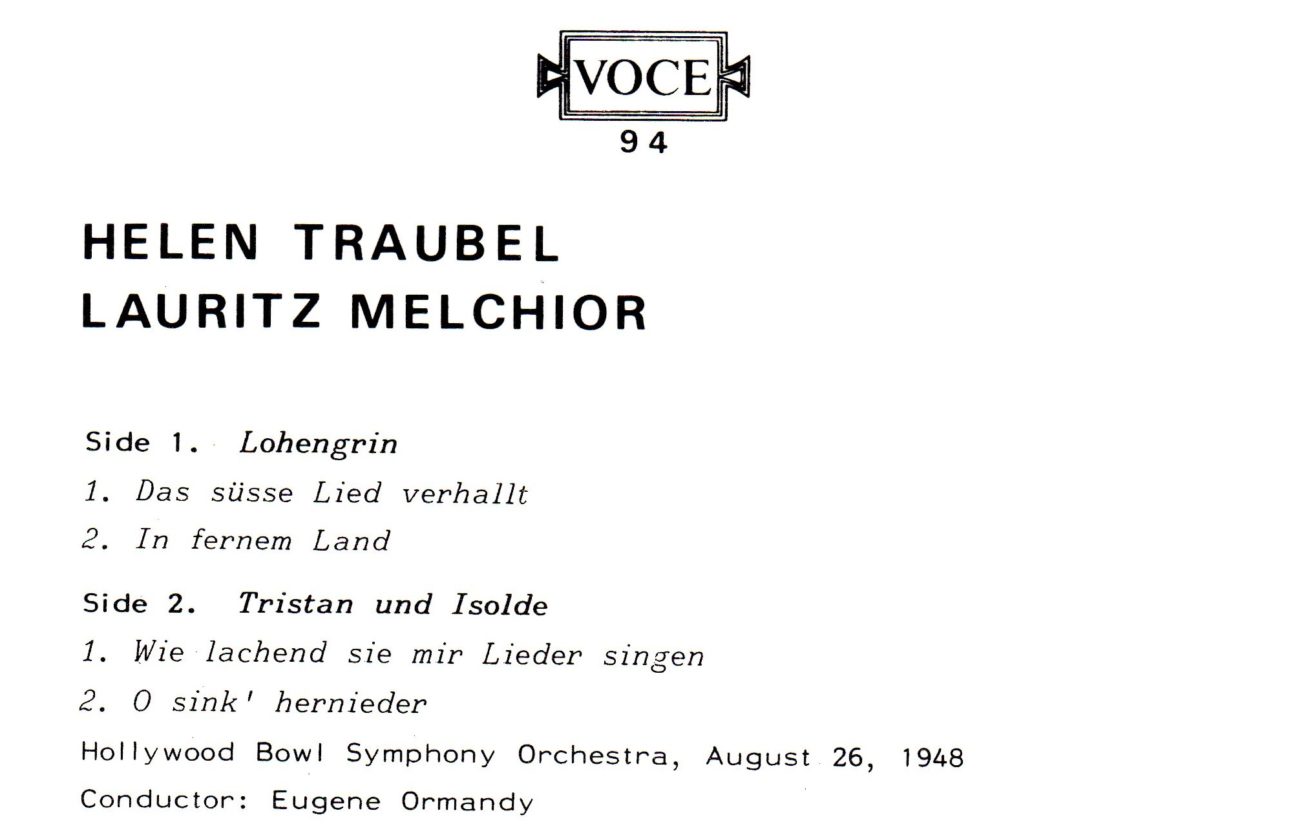
Hollywood Bowl, inauguré il y a tout juste 100 ans, le 11 juillet 1922, est le tout premier site américain dédié aux grands concerts populaires en plein air, et un des plus grands, avec sa jauge de 17.000 places et sa célèbre conque acoustique à la forme caractéristique, un quart de sphère.
De nombreux programmes y sont donnés tous les étés, notamment dans le cadre de la série « Symphony under the Stars ».
En juillet 1948, Eugene Ormandy a été nommé Directeur Musical du Hollywood Bowl et le 29 juillet, il a inauguré ses nouvelles fonctions avec la Première sur la côte Est des États-Unis de la Huitième de Mahler.
Le mémorable concert Wagner du 26 août nous présente Melchior et Traubel dans une forme vocale absolument remarquable, et montre chez Traubel des qualités expressives représentant son évolution musicale depuis 1941, quand elle a été appelée à assurer au MET les grands rôles de Flagstad rentrée en Europe. Traubel a chanté le rôle d’Isolde pour la première fois de sa carrière le 4 décembre 1942, et elle a chanté le rôle d’Elsa pour la première fois au MET le 20 décembre 1944.
On notera que ce concert est disponible en CD chez Andromeda, à partir d’une source qui comporte les annonces radiophoniques de l’AFRS (Armed Forces Radio Service) et les applaudissements, mais à l’écoute, on constate une très importante compression de dynamique, et aussi un filtrage important du bruit de fond. Au contraire, la source qui a servi pour le disque VOCE, même si elle ne comporte pas d’annonce radio, et si les applaudissements sont tronqués, ne souffre pas de compression de dynamique, ni d’un tel filtrage, et reproduit les voix des deux protagonistes avec leur richesse de timbre, leur ampleur et leur projection.
Les critiques des représentations données dans le cadre du MET avec Melchior et Traubel confirment ce que révèle l’écoute du concert: l’un et l’autre, en cette année 1948, étaient à un sommet vocal et interprétatif, même si la lecture des critiques montre aussi que l’état vocal de Melchior était variable d’une soirée à l’autre.
Concernant la représentation de Tristan und Isolde du 3 janvier 1948 dirigée par Fritz Busch,, le NY Herald Tribune écrivait: « Miss Traubel n’a jamais rendu les exigences de la musique de son rôle avec une réalisation aussi complète de ses facettes émotionnelles toujours changeantes. D’innombrables et souvent envoûtantes subtilités dans les nuances et dans la coloration du timbre illuminaient son rendu du texte, et son vocalisme, notamment dans les passages où sa belle voix de soprano n’était pas utilisée à pleine puissance, était un ravissement pour l’oreille. Elle n’avait jamais exprimé la tendresse d’Isolde de manière si touchante. Son chant lors de cette représentation ne sera pas oublié de sitôt. Le signataire n’a jamais entendu Mr. Melchior restituer le rôle tout aussi ardu de Tristan de manière aussi éloquente. Le ténor était dans une forme exceptionnelle tout au long de l’après-midi, et dans l’ exigeant troisième acte, à la fois son chant et son jeu de scène étaient d’une émotion poignante « .
Au sujet de la représentation de « Die Walküre » du 14 avril 1948 donnée à los Angeles par le MET sous la direction de Fritz Stiedry, le Los Angeles Times écrivait: « Mr. Melchior était dans une voix meilleure qu’on ne l’avait entendu depuis des années. Les sons étaient résonnants et clairs, dépourvus du caractère barytonnant et rauque qui avait parfois déparé leur émission, alors que sa conception du rôle avait toute sa dignité et toute son autorité incomparables« .
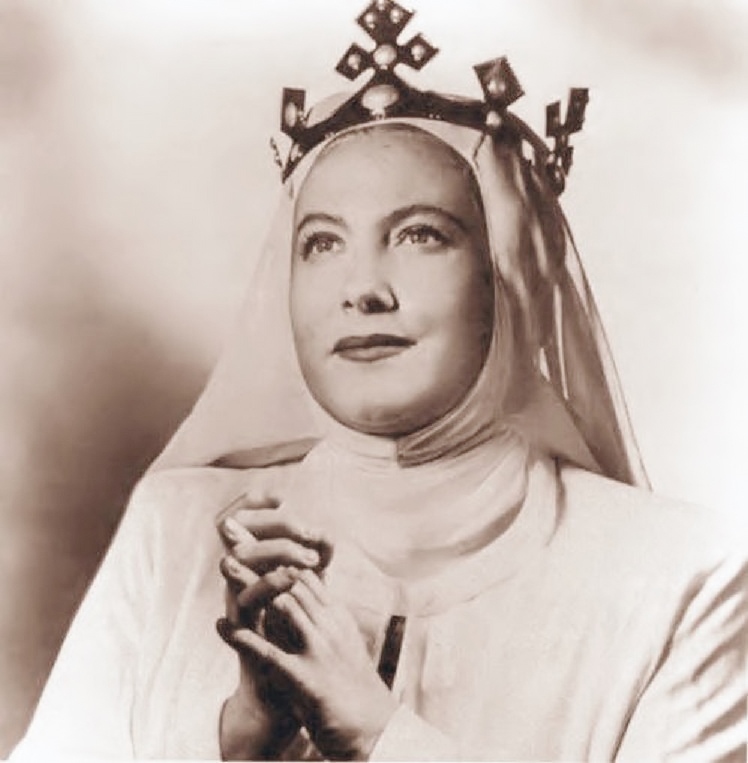
Helen Traubel – Elsa
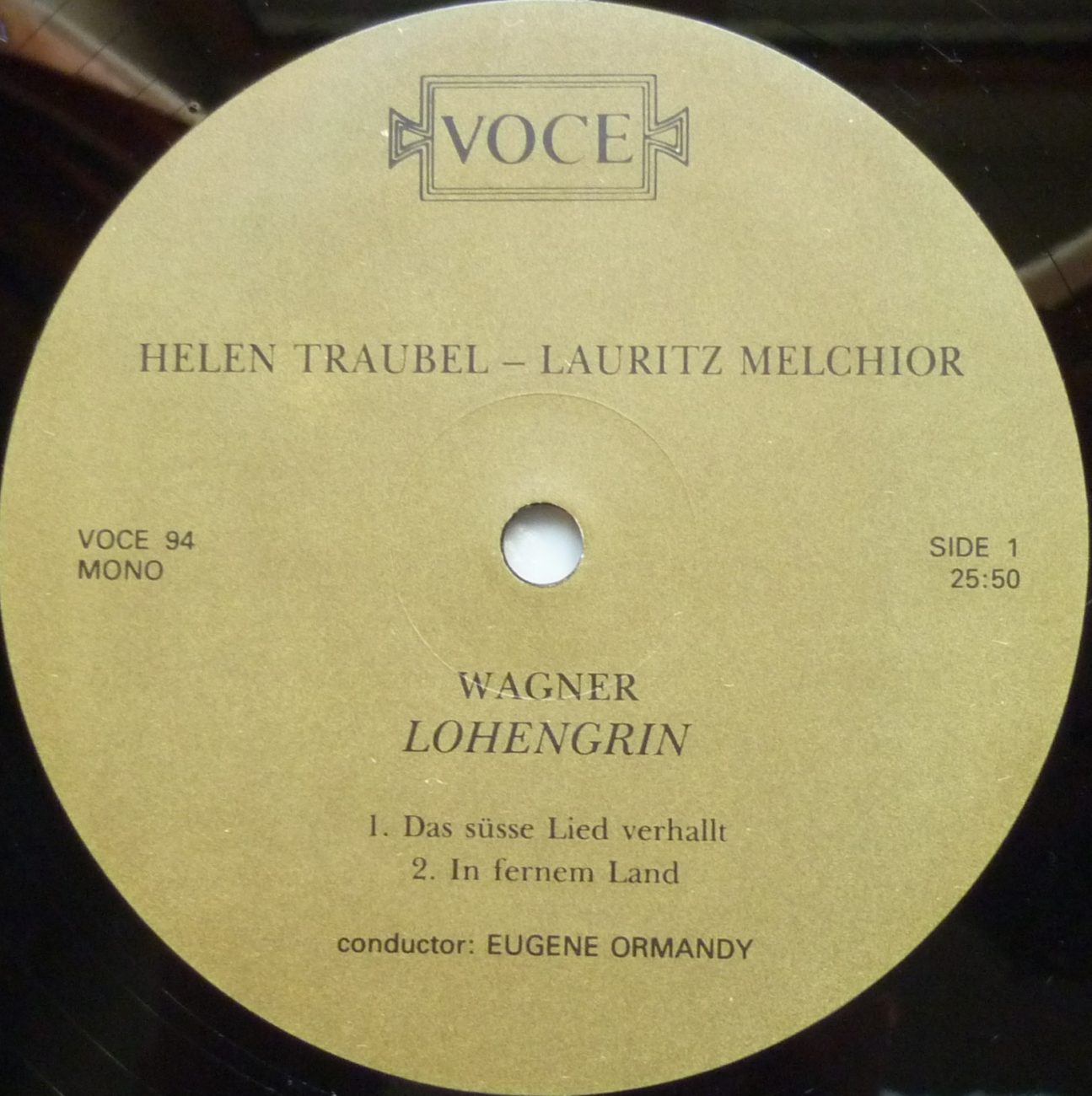
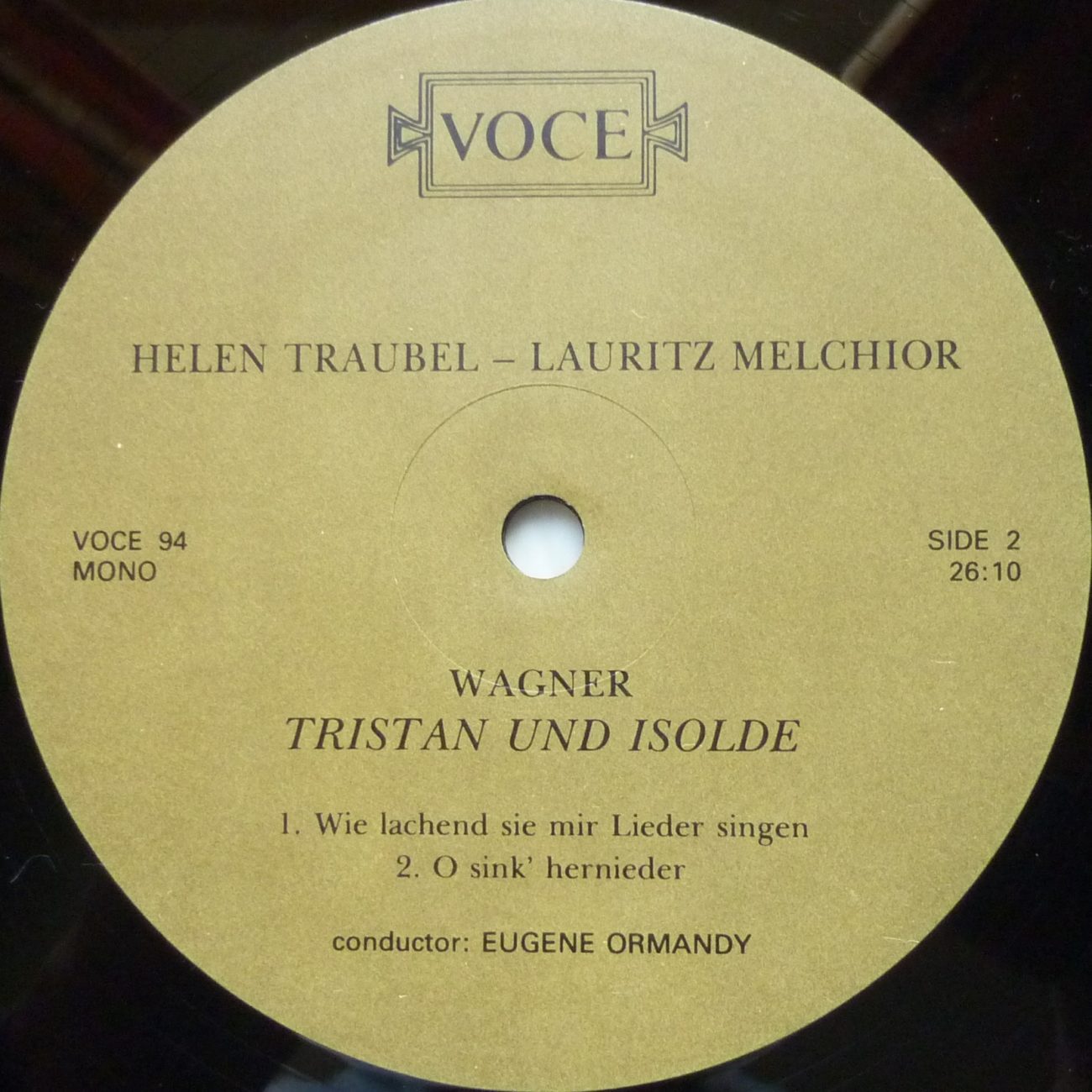
Hollywood Bowl, inaugurated almost one century ago to the day, on July 11, 1922, is the very first US site dedicated to open air concerts, and one of the largest, with a capacity of about 17,000 seats, and its renowned acoustic shell with its caracteristic quarter sphere shape.
Many programs are performed there every summer, among others in the series « Symphony under the Stars ».
In July 1948, Eugene Ormandy was appointed Music Director of Hollywood Bowl and on July 29, he started his tenure with the Premiere of Mahler’s Eighth on the US West Coast.
The memorable Wagner concert of August 26 displays Melchior and Traubel in a truly remarkable vocal condition, and shows in Traubel an expressivity which mirrors her musical evolution since 1941, when she was called to sing at the MET the main parts of Flagstad who went back to Europe. Traubel sung the part of Isolde for the first time in her career on December 4, 1942 and she sang the part of Elsa for the first time at the MET on December 20, 1944.
A recording of this concert is available on CD (Andromeda), from a source that comprises all the Radio announcements by AFRS (Armed Forces Radio Service) and the applause, but when listening, one notices a very important dynamic compression, and also an important use of noise reduction. On the contrary, the source used for the VOCE LP, even if the announcements are missing and the applause truncated, is devoid of dynamic compression and of noise reduction, and the voices of both singers are reproduced with their richness of tone, their volume and their projection.
The reviews of performances given at the MET with Melchior and Traubel confirm what listening to the concert reveals: both, in this year 1948, were at a pinnacle both vocally and interpretatively, even if reading the reviews also shows that Melchior’s vocal condition might vary from one evening to the other.
As to the « Tristan und Isolde » performance of January 3, 1948 under Fritz Busch, the NY Herald Tribune wrote: « Miss Traubel has never delivered the exacting music of her role with such full realization of its ever-shifting emotional facets. Innumerable, often haunting subtleties of nuance and tone color illuminated her treatment of the text, and much of her vocalism, especially in passages where her fine soprano voice was not utilized at full strength, ravishing the ear. Never has she expressed Isolde’s tenderness so affectingly. Her singing on this occasion will not soon be forgotten. Nor has this writer ever heard Mr. Melchior give a more telling account of Tristan’s no less arduous role. The tenor was in exceptionnally good form throughout the afternoon and in the taxing third act both his singing and acting were poignantly moving ».
As to the « Die Walküre » performance of April 14, 1948 given in Los Angeles by the MET under Fritz Stiedry, the Los Angeles Times wrote: « Mr. Melchior was in better voice than we heard him in years. The tones were ringing and clear, with none of the baritonal huskiness that has sometimes marred their production, while his conception of the role had all his incomparable dignity and authority ».
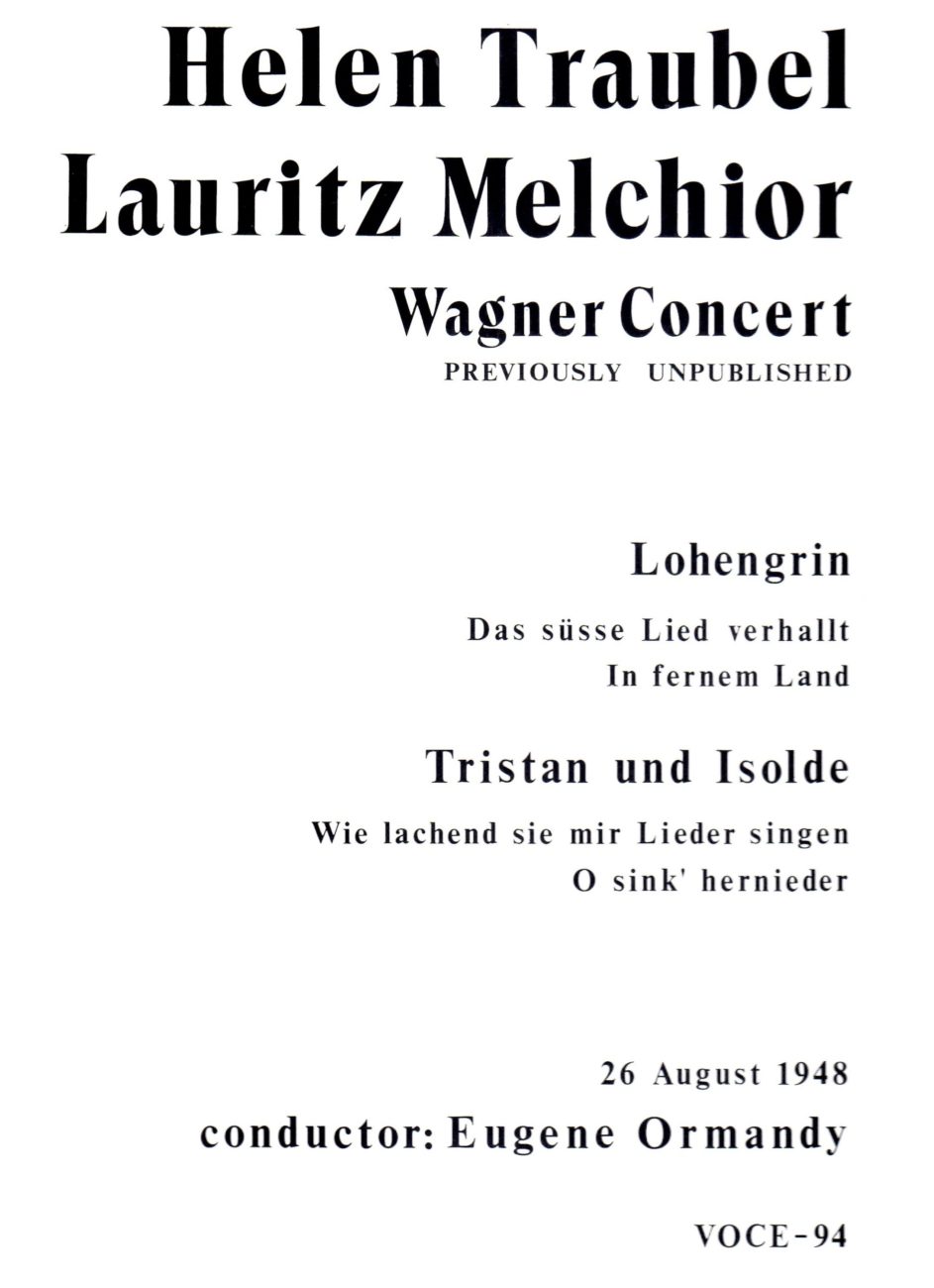
Les liens de téléchargement sont dans le premier commentaire. The download links are in the first comment.
Meilleurs Vœux pour 2022 avec/ Best Wishes for 2022 with:
Rossini
Il Signor Bruschino – NYPO Carnegie Hall 29 mars 1953
Cenerentola – NBC SO Carnegie Hall 14 février 1954
Semiramide – BSO Boston Symphony Hall 31 janvier 1953
_____
Verdi La Forza del Destino NBC SO Carnegie Hall 2 février 1952
Wagner Faust-Ouvertüre NYPO Carnegie Hall 22 mars 1953
Source: Bande/Tape 19 cm/s / 7.5 ips
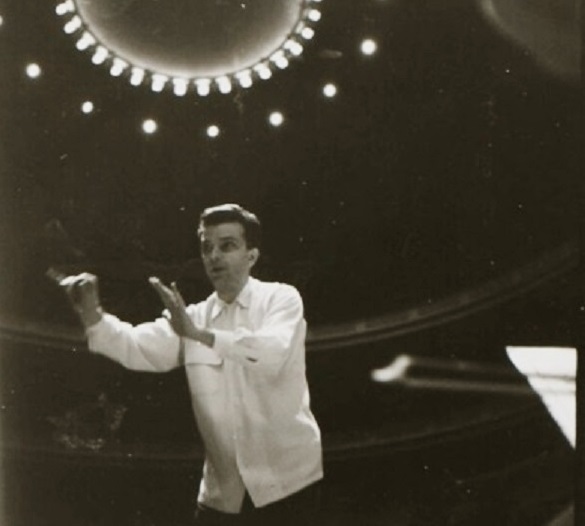
Voici pour débuter cette année cinq ouvertures interprétées avec trois orchestres (New York Philharmonic; NBC Symphony Orchestra; Boston Symphony Orchestra) pour lesquelles les interprétations de Cantelli se situent dans le droit fil de Toscanini. On notera cependant qu’il y a ici plus de respiration et de souplesse, et que l’enthousiasme y est celui de la jeunesse. Mais Toscanini lui-même ne disait-il pas de Cantelli que c’était lui quand il était jeune?
L’ouverture qu’il a le plus jouée était Semiramide, depuis le Festival d’Edimbourg 1950 (le 6 septembre) avec l’orchestre de la Scala: il en reste un bref extrait de 3’45 filmé en répétition à Usher Hall (pour un extrait d’une minute, cliquer ICI ), jusqu’à son tout dernier concert le 17 novembre 1956 à Novara avec ce même orchestre.
_____________
For the beginning of this New Year, here are five Overtures performed with three orchestras (New York Philharmonic; NBC Symphony Orchestra; Boston Symphony Orchestra) in which Cantelli’s performances are in line with Toscanini’s. There are, it is worth noting, more breathing and flexibility, and the enthusiasm is that of youth. But didn’t Toscanini himself say that Cantelli was like himself when he was young?
The Overture he performed most was Semiramide, since the 1950 Edinburgh Festival (September, 6) with the Scala Orchestra, of which remains a short filmed 3’45 rehearsal excerpt shot in Usher Hall (click HERE for one minute thereof), until his very last concert on November, 17, 1956 in Novara, with the same orchestra.
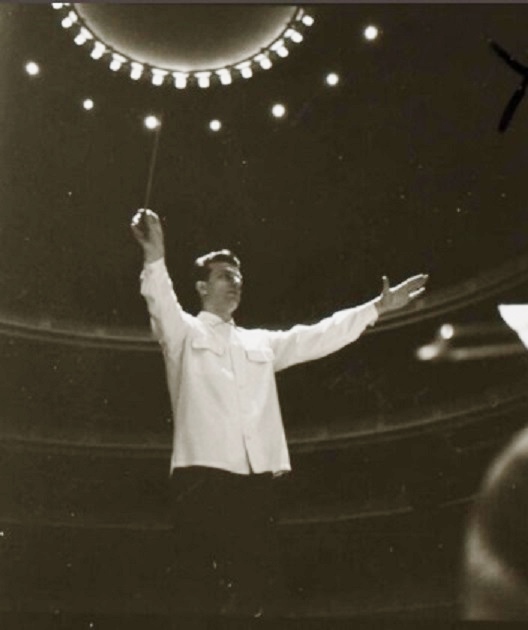
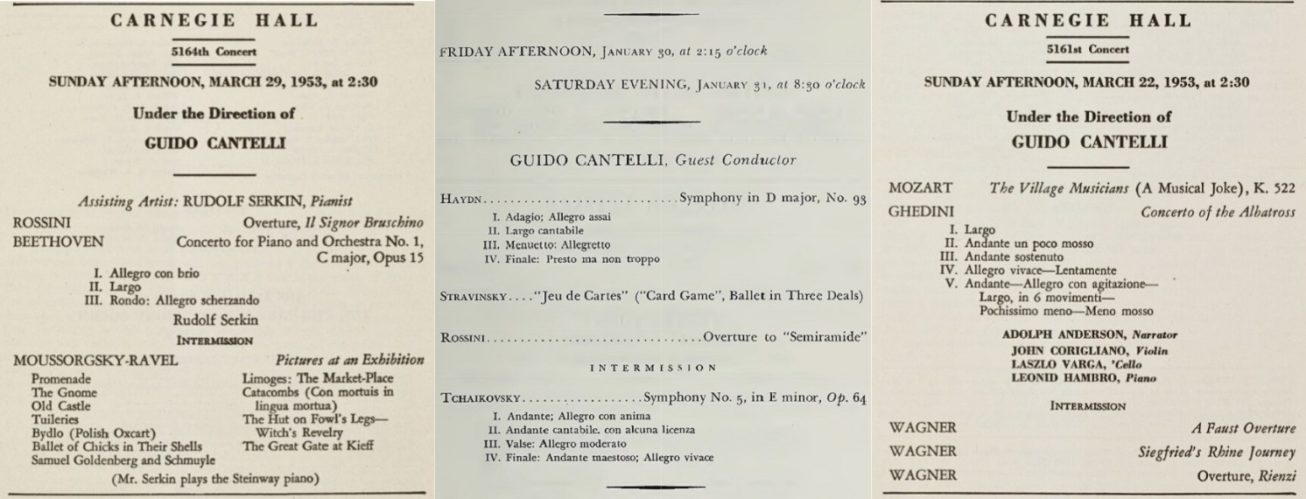
Guido Cantelli: NYPO March 29, 1953 – BSO Jan. 30 & 31, 1953 – NYPO March 22, 1953
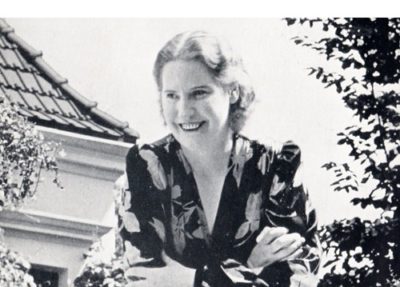
Kirsten Flagstad
Wagner Wesendonck Lieder (Der Engel – Stehe still – Im Treibhaus – Schmerzen – Träume)
Filharmonisk Selskaps Orkester (Orchestra of the Philharmonic Society Oslo)
Dirigent: Øivin Fjeldstad (concert Oslo – Nationaltheatret – Dec. 16, 1951)
33t. Acanta BB 23.189
____
Grieg Haugtussa Op.67 (Det Sing – Veslemöy – Blåbær-Li – Møte – Elsk – Killingdans – Vond Dag – Ved Gjætle-Bekken)
Edwin Mc Arthur, piano ( Los Angeles – April 26, 1950)
33t. RCA LM-2825
Ces deux cycles de mélodies sont ceux que Kirsten Flagstad a le plus donné en concert au cours de sa carrière.
Elle a chanté un nombre incalculable de fois les deux derniers Wesendonck Lieder (Schmerzen, Träume) au cours de ses récitals. Mais ce n’est que le 8 juin 1939 qu’elle a donné pour la première fois le cycle complet lors d’un concert à Zurich à la Villa Wesendonck avec l’Orchestre de la Tonhalle sous la direction de Robert Denzler. Elle l’a ensuite chanté quelque 55 fois, que ce soit dans la version avec piano ou avec orchestre, la dernière fois étant à New-York (Carnegie Hall) le 23 mars 1955 avec l’orchestre « Symphony of the Air » dirigé par Edwin Mc Arthur. Elle a enregistré deux fois le cycle, la première avec Gerald Moore au piano (25 & 26 mai 1948) et la seconde avec le WPO dirigé par Hans Knappertsbusch (Sofiensaal 13 & 15 mai 1956). L’enregistrement de la Radio norvégienne, qui bénéficie de l’accompagnement soigné d’ Øivin Fjeldstad est probablement son meilleur avec orchestre. Son état vocal est notamment meilleur que le 9 mai 1952 avec G. Sébastian au Titania Palast de Berlin, où son timbre, peu de temps avant l’enregistrement de Tristan und Isolde avec Furtwängler, apparaît un peu voilé.
Le cycle Haugtussa Op.67 de Grieg est entré à son répertoire le 13 mars 1940 lors d’un récital à New York (Town Hall) avec le pianiste Edwin Mc Arthur. Elle le chantera ensuite environ 35 fois, la dernière étant à Oslo pour la radio le 16 septembre 1954 avec le pianiste Woldemar Alme. Elle l’a enregistré trois fois avec le pianiste Edwin Mc Arthur: le 27 août 1940 à Los Angeles, le 26 avril 1950, également à Los Angeles, trois jours après un récital donné au Philharmonic Auditorium de cette même ville, et enfin à Londres (22-30 novembre 1956).
En 1950, l’enregistrement de cette œuvre qui lui tenait particulièrement à cœur est d’une très grande chaleur expressive, plus que dans ses deux autres prestations pour le disque.
Ce magnifique cycle composé par Grieg en 1895 ne comporte que huit mélodies. Il raconte le premier déboire amoureux d’une jeune montagnarde, Veslemöy. Les références à la nature des poèmes d’Arne Garborg, auxquelles s’ajoute une pointe de mysticisme, et l’invocation au ruisseau qui conclue le cycle font penser à la « Schöne Müllerin » de Schubert. Si ce chef-d’œuvre est pratiquement oublié de nos jours, c’est probablement à cause de la langue des poèmes, difficilement abordable. Pourtant, Flagstad l’a chanté un peu partout aux Etats-Unis y compris dans des villes moyennes situées hors des circuits habituels des concerts. Avec une traduction, le sens des poèmes est aisé à comprendre.
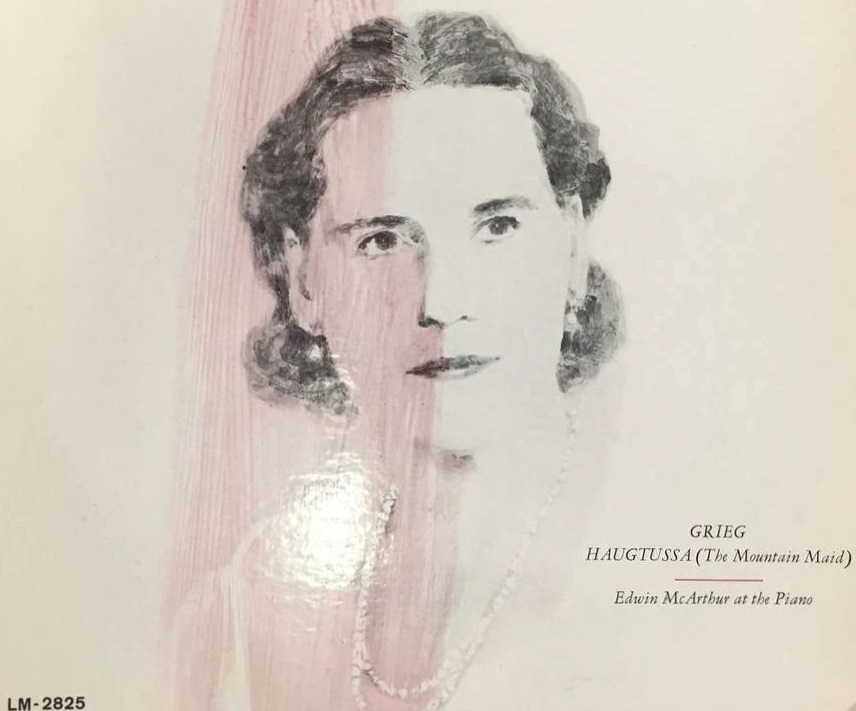
These two Lieder cycles are those of which Kirsten Flagstad gave the most concert performances during her career.
She sang an innumerable number of times the last two Wesendonck Lieder (Schmerzen, Träume) during her recitals. But it is only on June 8, 1939 that she performed the complete cycle for the first time during a concert at the Villa Wesendonck in Zurich with the Tonhalle Orchester conducted by Robert Denzler. She then sang it about 55 times, either in the version with piano or with orchestra, the last time being in New-York (Carnegie Hall) on March 23, 1955 with the « Symphony of the Air Orchestra » conducted by Edwin Mc Arthur. She recorded it twice, the first time with Gerald Moore at the piano (May 25 & 26, 1948) and the second time with the WPO conducted by Hans Knappertsbusch (Sofiensaal May 13 & 15, 1956). The recording made by the Norvegian Radio, with Øivin Fjeldstad’s refined accompaniment is probably her best with an orchestra. Her vocal condition is notably better than on May 9, 1952 with G. Sébastian at the Berlin Titania Palast, where her timbre, not long before the recording of Tristan und Isolde with Furtwängler, sounds slightly veiled.
The cycle Haugtussa Op.67 by Grieg entered her repertoire on March 13, 1940 during a recital in New York (Town Hall) with pianist Edwin Mc Arthur. She then sang it about 35 times, the last one in Oslo as a Radio broadcast on September 16, 1954 with pianist Woldemar Alme. She made three recordings with pianist Edwin Mc Arthur: on August 27, 1940 in Los Angeles, on April 26, 1950, also in Los Angeles, three days after a recital at the Philharmonic Auditorium of that same city, and then in London (November 22-30, 1956).
In 1950, the recording of this work that was especially dear to her, has a very great expressive warmth, more than in her other two studio renditions.
This magnificent cycle composed by Grieg en 1895 is comprised of only eight melodies. It tells the story of the first unhappy love of a mountain maid, Veslemöy. Arne Garborg’s poems make reference to nature, with a touch of mysticism, and the invocation to the brook that ends the cycle makes one think of Schubert’s « Schöne Müllerin ». If this masterpiece is now almost forgotten, it is probably because the language of the poems is not easy of access. However, Flagstad sang it almost everywhere in the United States, included in middle-sized towns far from the usual path of concert tours. With a translation, the meaning of the poems is easy to comprehend.
Les liens de téléchargement sont dans le premier commentaire. The download links are in the first comment.



